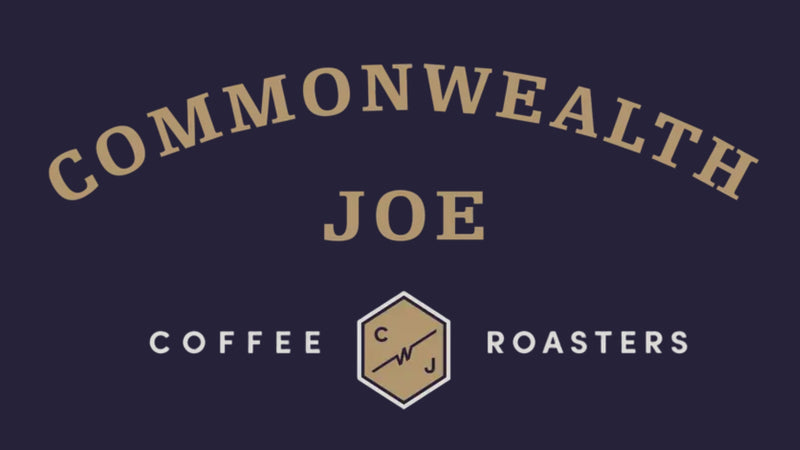I remember my coffee game changing experience distinctly. At the time I knew specialty coffee was a thing, but still wasn’t exactly into it. When I took a sip of Counter Culture’s Idido Ethiopian coffee, I finally understood that coffee can be different. Most of the notes were probably lost on me, but it was the first time I noticed coffee as citrusy. It was acidic, but light. I felt like I was drinking juice. I wondered how coffee could possibly taste like this or even be like this.
Specialty coffee is similar to your favorite craft beer. It is recognized by the quality of the coffee every step of the way: the growth, the trade, the preparation and the taste. Those that are looking for a depth of flavors in their coffee look towards specialty coffee.
Coffee experts, called green coffee buyers, rate and compare coffees from different farms in a practice called “cupping.” Cupping provides a numerical definition for specialty coffee. It is a standardized, physical evaluation of coffee quality through the assessment of a number of characteristics like fragrance, flavor, and body. The higher the rating; the better the coffee.
On a scale to 100, specialty coffee must be above 80 points. Interestingly enough, taste is not part of the official definition. This explains why you might hear about 80-point coffees not tasting bad, however at the same time it’s not a coffee you are writing home about.
|
Total Score Quality Classification
|
| 90-100 | Outstanding | Specialty |
| 85-89.99 | Excellent | Specialty |
| 80-84.99 | Very Good | Specialty |
| <80.0 | Below Quality | Not Specialty |
What many Americans are exposed to, and are willing to pay for is first wave coffee. This is commodity coffee like Maxwell House, Folgers, or Nescafé. Lower quality beans go for lower prices, which allow for mass distribution and marketing to get it on every table in America. This was an important step in creating the coffee market in the U.S.
Up until that fateful day experiencing Ethiopian coffee, there were two waves of coffee that made up the majority of my (and much of the America’s) coffee experience.
The second wave began the rise of coffeehouses as meeting places. Starbucks blazed the trail by introducing America to espresso and the concept of the “third place” – an informal gathering place away from home and work. Starbucks was also a source specialty of coffee. They recognized that beans from different parts of the world carry different flavor notes. As the company grew, Starbucks needed to create a consistent experience across all of their stores: from Tokyo, to San Francisco, to London. A significant difference between the specialty coffee at Starbucks and with other specialty roasters is that Starbucks must roast their coffee to higher temperatures to achieve uniformity. This is why their coffee roasts tend to be so dark.
Today, coffee culture has gone one step further, giving specialty coffee a bit of an expanded meaning. Commonwealth Joe is part of the third wave. Like specialty coffee, the third wave is dedicated to quality, but it is also dedicated to craftsmanship, from the farmer to the barista. Beans are sourced from farms instead of countries. Roasting reveals rather the unique characteristics of each bean instead of masking it.

(PC: Angelika Johns Photography)
There are three aspects of specialty coffee that were created by the third wave. Baristas became coffee experts. They are educators and artists in their craft and in the pursuit of excellence. They can also make you some awesome latte art for you to Instagram later.
Roasters became coffee pragmatists. We taste the potential in each bean, and are challenged to bring out the best in each bean. We are believers in coffee freshness. Coffee should be enjoyed within two weeks of roasting, where the vibrancy and liveliness of the beans are at its peak. So it is our responsibility to get it to shops and brewing as soon as possible.
Farmers live better because of the third wave. Transparency is established from cherry to cup. We know where each of our coffees come from, and work towards learning even more. Even the consumer can find out this information by looking on our website.
The cooperation between the roasters and the farmers allows for the farmers to be more competitive in their product and produce better quality goods. Customers pay more for better quality. Roasters pay more for better beans. Farmers are paid more with better crops. Premium products get premium prices. It elevates everyone.
Money is one only benefit. More meaningful is the personal pride that specialty coffee provides along with any artisanal craft. Something natural and timeless.
Experience CWJ specialty coffee for yourself by purchasing online.


